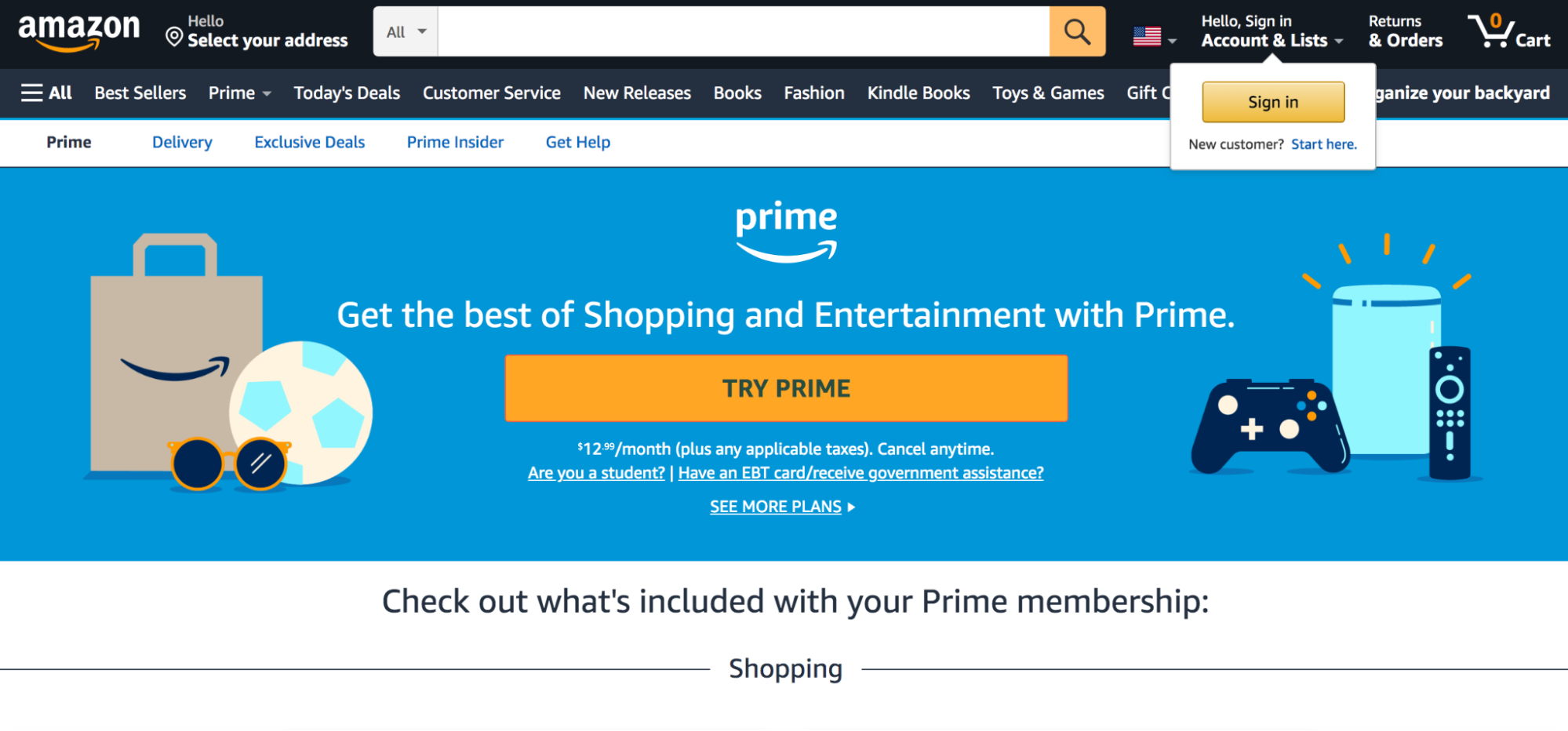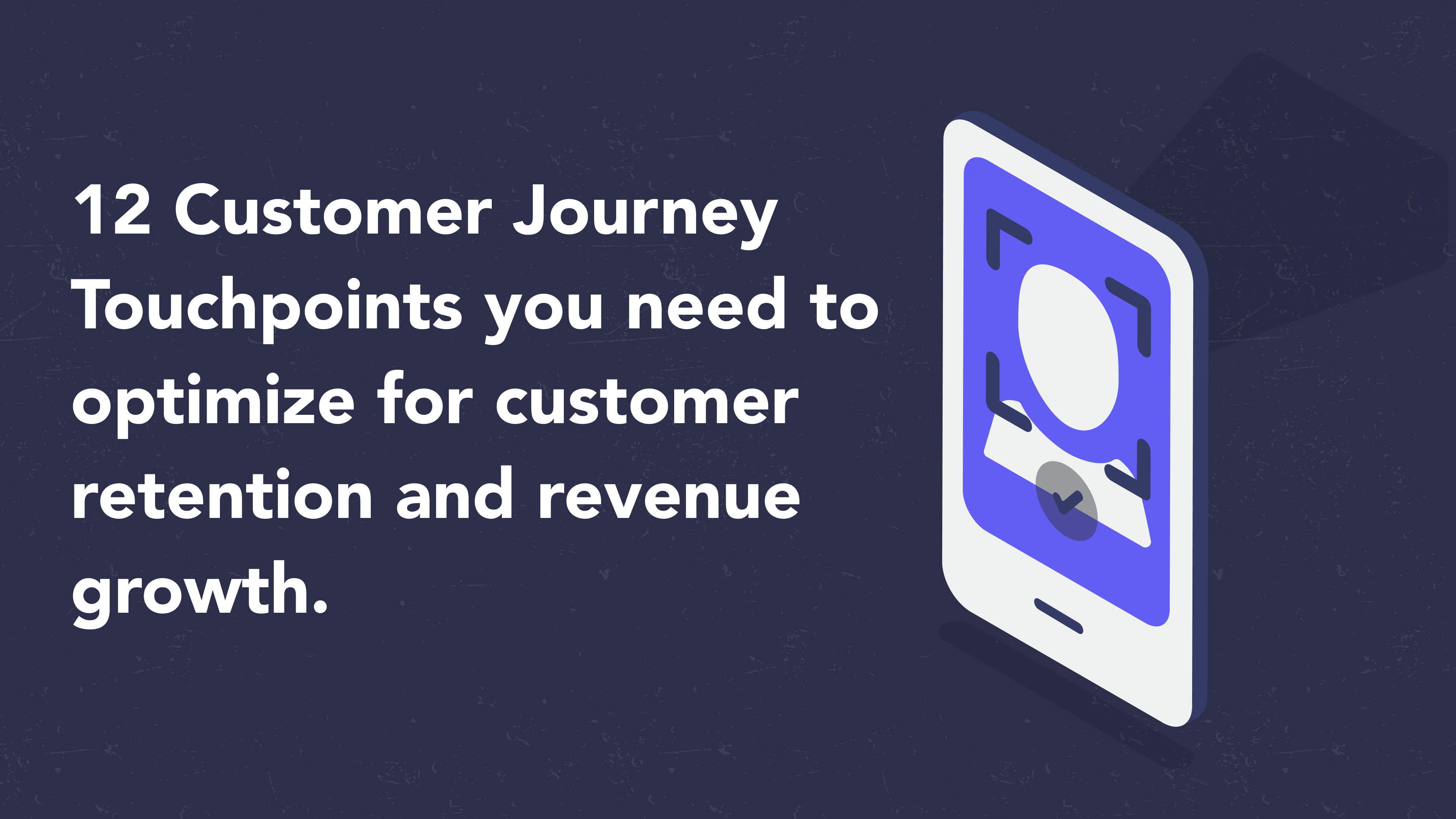Think of customer touchpoints as your business's very own paparazzi! They are the points where your customers get to see, feel and interact with your brand, and just like the pesky photographers, they're always around, capturing every moment. From the first click on your website to the in-store experience, every touchpoint is an opportunity to impress and delight your customers. So, just like a celebrity on the red carpet, your brand needs to be ready to shine and impress at every turn!
Businesses can take advantage of chances to optimize customer journeys and experience by utilizing customer touchpoints effectively. A customer journey map typically shows all of the consumer touchpoints; this makes it easier to see what needs to be eliminated. This makes it much simpler to identify areas of your company that can be enhanced to increase client satisfaction. Throughout different phases of the customer journey, numerous touch points take place.
Let's take a look at some examples of customer touchpoints.
Touchpoints before a purchase
- Social Media: For some customers, this could be the first point of contact with your product. You can use different social media platforms to promote products, build relationships with clients, and enhance the overall reputation of your brand. Optimizing social media as a customer touchpoint is crucial for businesses to effectively engage with their customers and build strong relationships.
Here are some tips to help you optimize your social media channels as customer touch points:
Choose the right platforms: Not all social media platforms are created equal. Choose the platforms that are most relevant to your target audience and focus your efforts on those.
Have a consistent brand voice: Your social media accounts should have a consistent tone and voice that reflects your brand personality. This will help your customers feel like they are communicating with a unified brand, rather than different individuals.
Respond promptly: Responding promptly to customer inquiries and comments is crucial. Make sure to have a system in place to respond to messages and comments as soon as possible, ideally within 24 hours.
Provide value-added content: Don't just use social media to promote your products or services. Provide value-added content that is relevant and interesting to your customers. This can include educational content, behind-the-scenes glimpses of your business, or industry news.
Use visual content: Visual content such as images and videos tend to be more engaging than text alone. Use high-quality images and videos to showcase your products, services, and brand.
Encourage user-generated content: Encourage your customers to create and share content related to your brand. This can include customer reviews, testimonials, or user-generated content that showcases how they use your products or services.
- Online advertisement: Some companies use different websites to show their banner ads but you need to know your target audience. This knowledge will help you create ads that resonate with them. For any successful ad, it is important to;
Personalize and provide value: Ensure your ads are relevant and personalized. Use customer data and segmentation to tailor your ads to the customer's interests and preferences. This can increase the likelihood of them engaging with your ad and taking action.
Use eye-catching visuals: Use high-quality images or videos that capture the attention of your target audience. The images or videos should be relevant to your product or service.
Use clear messaging: Keep your messaging concise and clear. Use simple language and focus on the benefits of your product or service.
Use a strong call-to-action: Use a clear and concise call-to-action that encourages your target audience to take action, to sign up or purchase your product.
- Peer referral: Most people trust information from their friends and family rather than advertisements so it makes more sense to focus on mouth-to-mouth marketing depending on the nature of your business. You can make it easy for yourself by;
Making the referral process simple: Make it as easy as possible for customers to refer their friends and family. Provide them with a simple and shareable referral link or code that they can easily pass along to others.
Offering rewards/Incentives: Consider offering incentives, such as discounts or rewards, for both the referrer and the referred customer. You can also offer free products, or exclusive access to new products or services.
Also, make sure to thank and acknowledge customers who refer others, as this can further strengthen their loyalty to your brand.
If you want take it up a notch, see other ways you can leverage peer-to-peer marketing
Touchpoints during a purchase
- Product Catalog: This is very important because your customer can visualize your product. It could be a hard copy or a soft copy. It usually consists of an image of your product with a short description by the side with a CTA that prompts the next action. It is really important that your product catalog is accessible. Start by:
Make searching and navigation easy: Ensure that your product catalog is well-organized, with clear categories and filters that make it easy for customers to find what they're looking for.
Provide detailed product descriptions: Detailed product descriptions can help customers understand the features, benefits, and specifications of your products. Make sure your product descriptions are clear and concise so your customers can better understand your product and what they stand to gain by using your product.
High-quality images: Use high-resolution images that showcase your products from different angles, and consider adding zoom and 360-degree views to give customers a more immersive experience.
Customer reviews: This is to help customers make informed purchasing decisions. They can check out what experience other people have with your product and if that particular product is what they need. It could also help them upsell to another product if they find the need for it.
Also, consider offering personalized product recommendations based on customer data and previous purchases. By optimizing your product catalog, you can create a positive and seamless customer experience that leads to increased engagement and sales.
- Product review: What do people have to say after using your product? Potential buyers go through the reviews or check how many stars you have. They want to know if they are going to get their money's worth. To give your product a better chance of success you can;
Create a section for product reviews: This is where customers can come and see what people have to say about that particular product and your customer service overall.
Be honest: Provide a review that accurately reflects your experience with the product. Don't filter or sugarcoat your feedback.
Use images or videos: If possible, include photos or videos of the product in your review section. This will help customers give a visual detail of how they enjoyed using your product.
We have established that people trust the words of others rather than salesmen, here's another instance. If you have a great product and a good customer experience, you'll have a great review.
- Point of Sale: This is the last step before the actual purchase. Customers are tallied at a point of sale, also known as a place of purchase. The moment of sale is when customers make an in-person purchase, make an online purchase, approach your checkout counter, or choose an object from your stand or booth. It is important to;
Make it Easy to Use: The point of sale system should be easy for customers to navigate, with clear instructions and a simple user interface.
Streamline Checkout Process: The checkout process should be quick and easy. Customers should be able to pay quickly without any unnecessary steps or delays.
Offer Multiple Payment Options: Customers have different payment preferences, so it's important to offer a variety of payment options such as credit/debit cards, cash, and mobile payment options.
Provide Upsell Opportunities: The point of sale system should prompt sales associates to offer additional products or services that may complement the customer's purchase.
Personalize the Experience: The point of sale system should allow sales associates to access customer information and preferences, so they can offer personalized recommendations or promotions.
Touchpoints after purchase
- Follow-up email: Customer loyalty can be greatly increased by sending a basic thank-you email or message. It helps the volume and it gives you a better chance of an all star from customers. Optimize your emails by;
Personalizing your emails: Address them by name and thank them for their business, showing that you value their support.
Offering customer support: You can use this as an opportunity to see if they are having any troubles with your product, you can help them sort it out. Make sure to include your contact information, in case they have any questions or concerns.
Consider offering personalized recommendations or exclusive offers based on their previous interactions with your brand.
By optimizing follow-up emails, you can create a positive and engaging customer touchpoint that enhances the overall customer experience.
- Product feedback survey: You can send a feedback survey to evaluate customers' experience to make improvements. You can go as far as reaching out to customers who were not satisfied and see how to better meet their needs in the future.
It is important that the questions are clear and concise, so that customers know exactly what they're being asked, keep it short and simple and Frame the questions in a way that focuses on the customer experience, rather than just the product features or technical details.
- Upselling/Cross-selling emails: When you buy a car, it also means you have subscribed to a lifetime of maintaining it for as long as you own that car. This means that when a customer makes a purchase, there is a chance to upsell or cross-sell customers on additional or premium items in your store.
Upselling encourages a customer to upgrade their account or purchase a more expensive version of your product while Cross-selling makes recommendations for complementary goods or services to the customer's existing offerings. Upselling may take the shape of sending cart abandonment emails, or sending emails when a subscription is about to end.
Touchpoint in customer service
- Customer success program: Customer Success is a must-have for every and any type of business. It is important to follow up with your customers to see what they liked about your product and what they did not like so you can use this feedback to make improvements and solutions that will better satisfy their needs. Here are some things you can do to make it better:
Listen actively: Listen carefully to your customers to understand their needs and expectations. Ask open-ended questions to get more information and show that you value their input.
Be responsive: Respond quickly to customer inquiries and concerns. Make sure that your customer support team is available and responsive across multiple channels.
Provide personalized service: Offer tailored solutions to meet each customer's unique needs. Use customer data and insights to personalize your communication and provide relevant recommendations.
Offer self-service options: Provide customers with self-service options such as FAQs, knowledge base articles, and tutorials. This can help reduce the volume of support requests and improve customer satisfaction.
Measure customer satisfaction: Use customer feedback and data to measure customer satisfaction and identify areas for improvement. Regularly review customer satisfaction metrics and take action to address any issue.
- Customer onboarding: A lack of efficient onboarding programs causes churn in many companies. Customers frequently return products they buy because they don't know how to use them and don't have the time to go on the internet and learn. You can make it easy by:
The use of personalization: You can personalize the whole onboarding process to create a better experience for your customers
Offer guidance: The process of onboarding could be made simpler and less frustrating by including a manual, how-to guide or a quick start guide. See an example of a start guide
Monitor progress: Track customer progress during the onboarding process and provide feedback or assistance as needed. Use data and analytics to identify any areas where customers may be struggling or dropping off during the onboarding process.
Celebrate milestones: Celebrate customer milestones and achievements during the onboarding process.
Offering customer support: Offer proactive support throughout the onboarding process, including tutorials, video guides, and other resources that help the customer get up to speed quickly. This helps to build trust and confidence in the product, and reduces the risk of customer churn.
- Customer Loyalty Programs: This is another crucial touchpoint because customers are more likely to recommend your good or service when they have benefited from it, whether through a reward or a reduction. These incentives encourage them to recommend your product to others and help them develop into enduring brand advocates.

Wrapping Up!
In the end, you want to produce a seamless customer journey from the initial point of contact all the way through the post-purchase phase. The customer experience and connection you have with them can be improved by spending time mapping and improving touchpoints. You can greatly enhance the customers' experience by utilizing customer touch points.
Start working on these touchpoints now!
Lumen is the perfect place to start as it provides insights into your customer’s behaviors, allows you to segment your customers, and also allows you to send automated personalized messages.
Get started for free here

